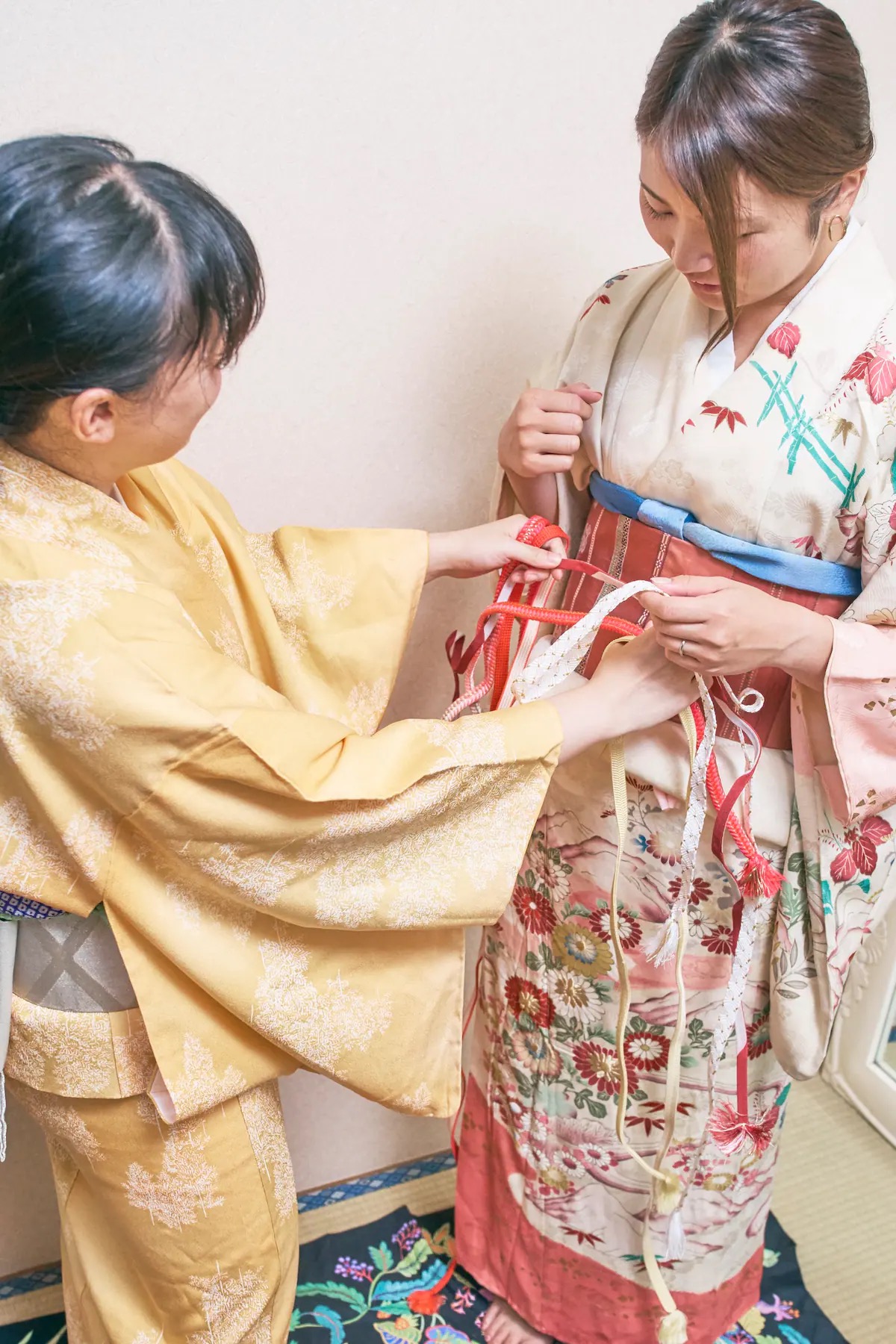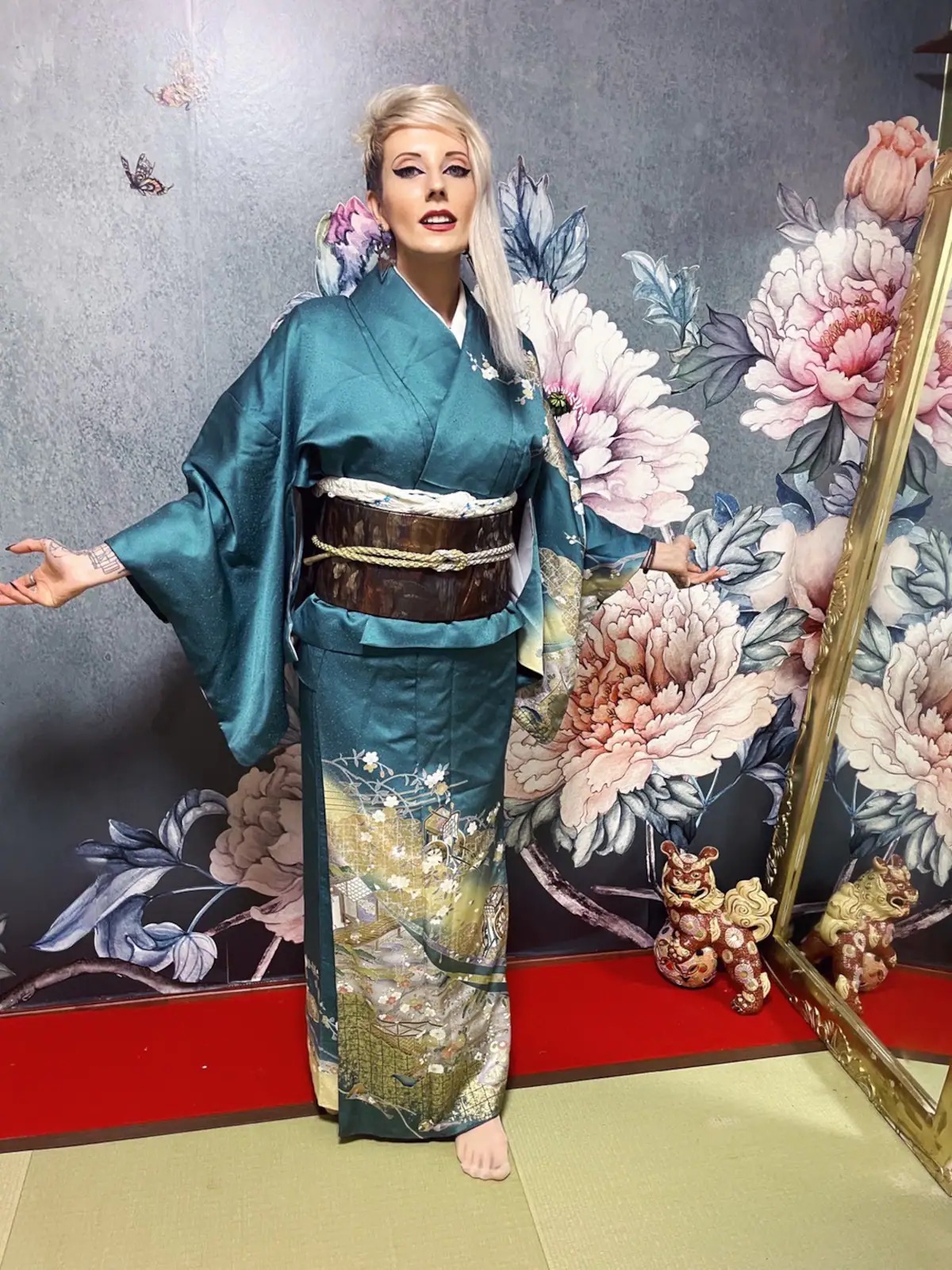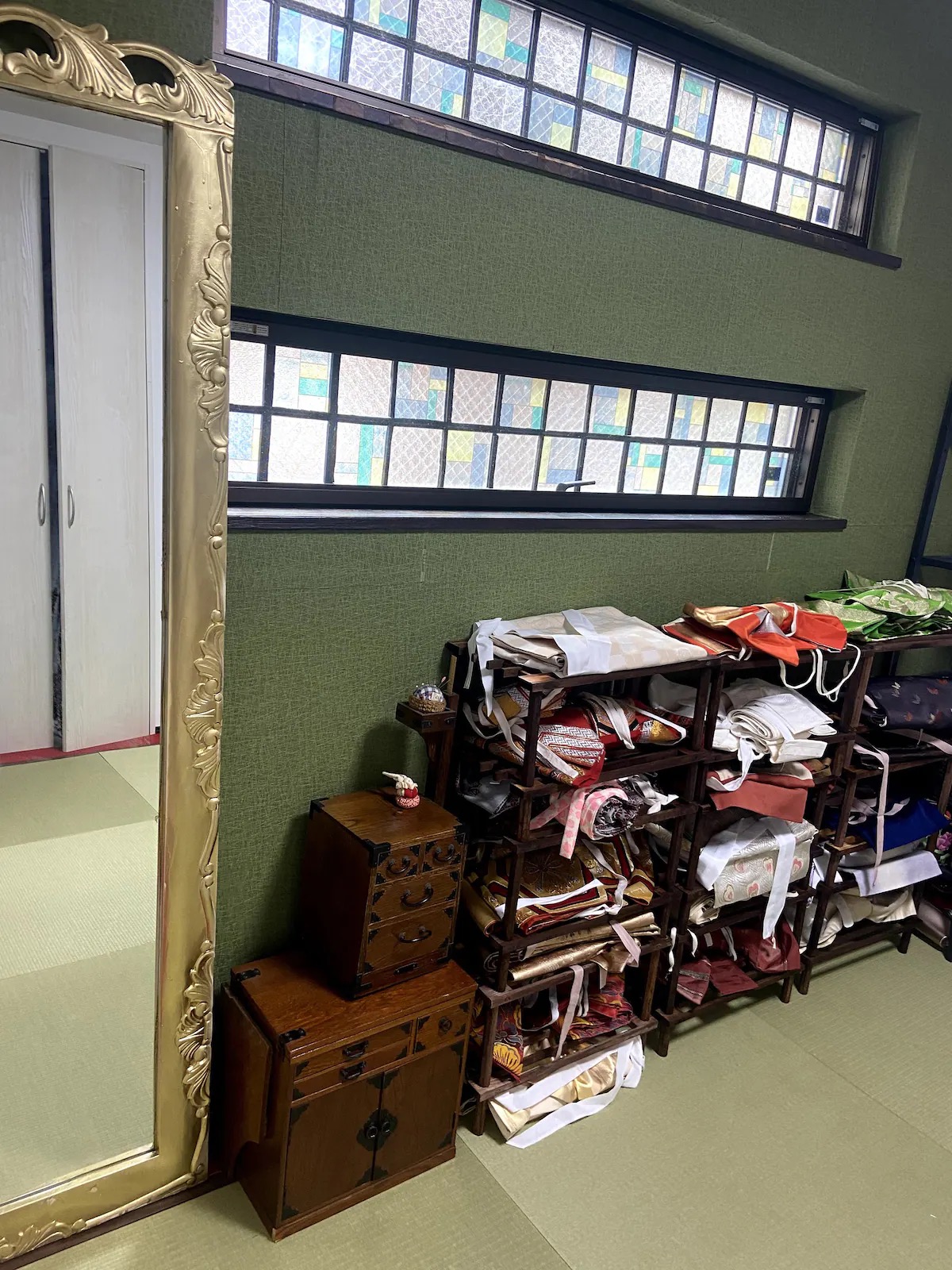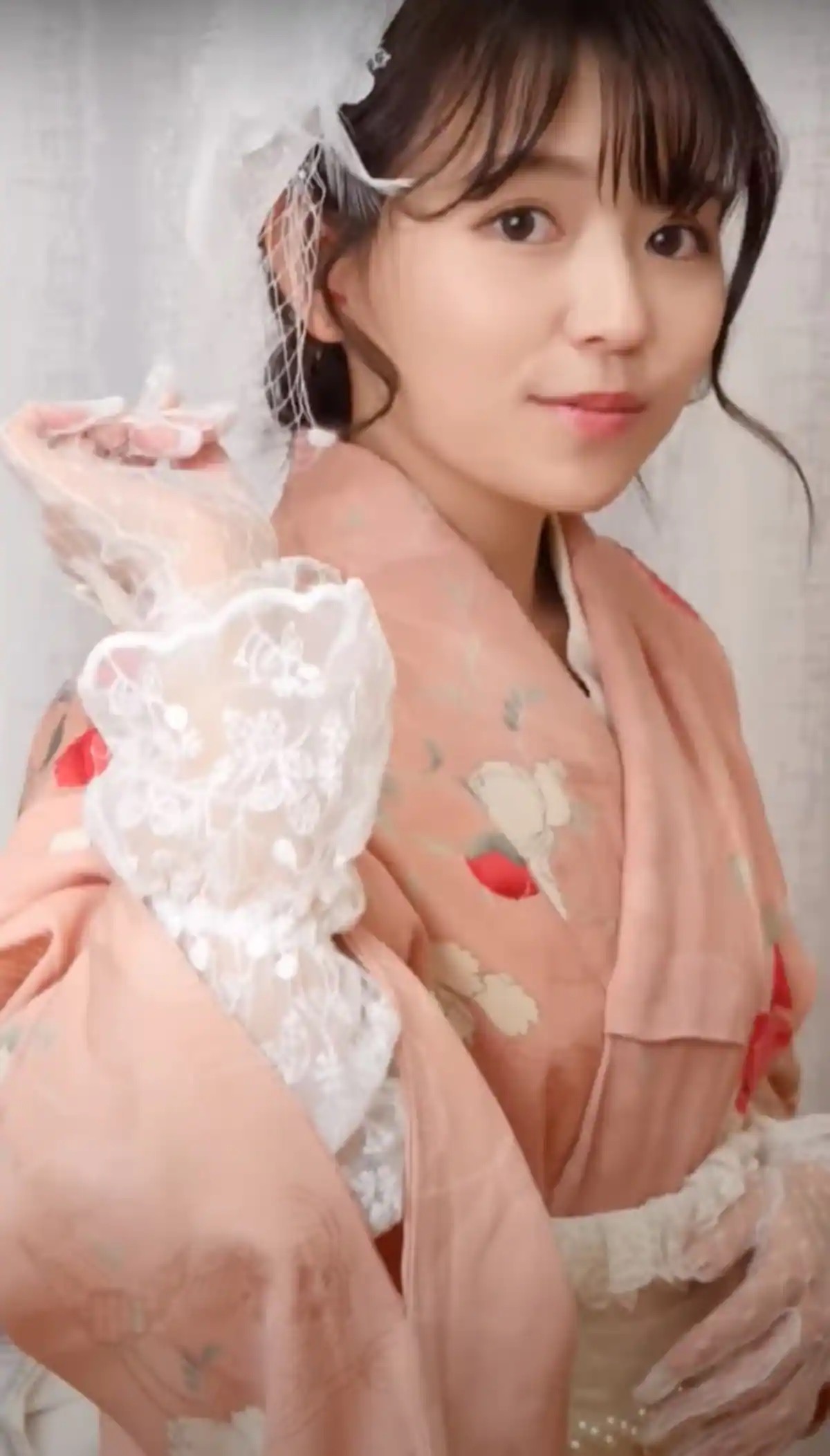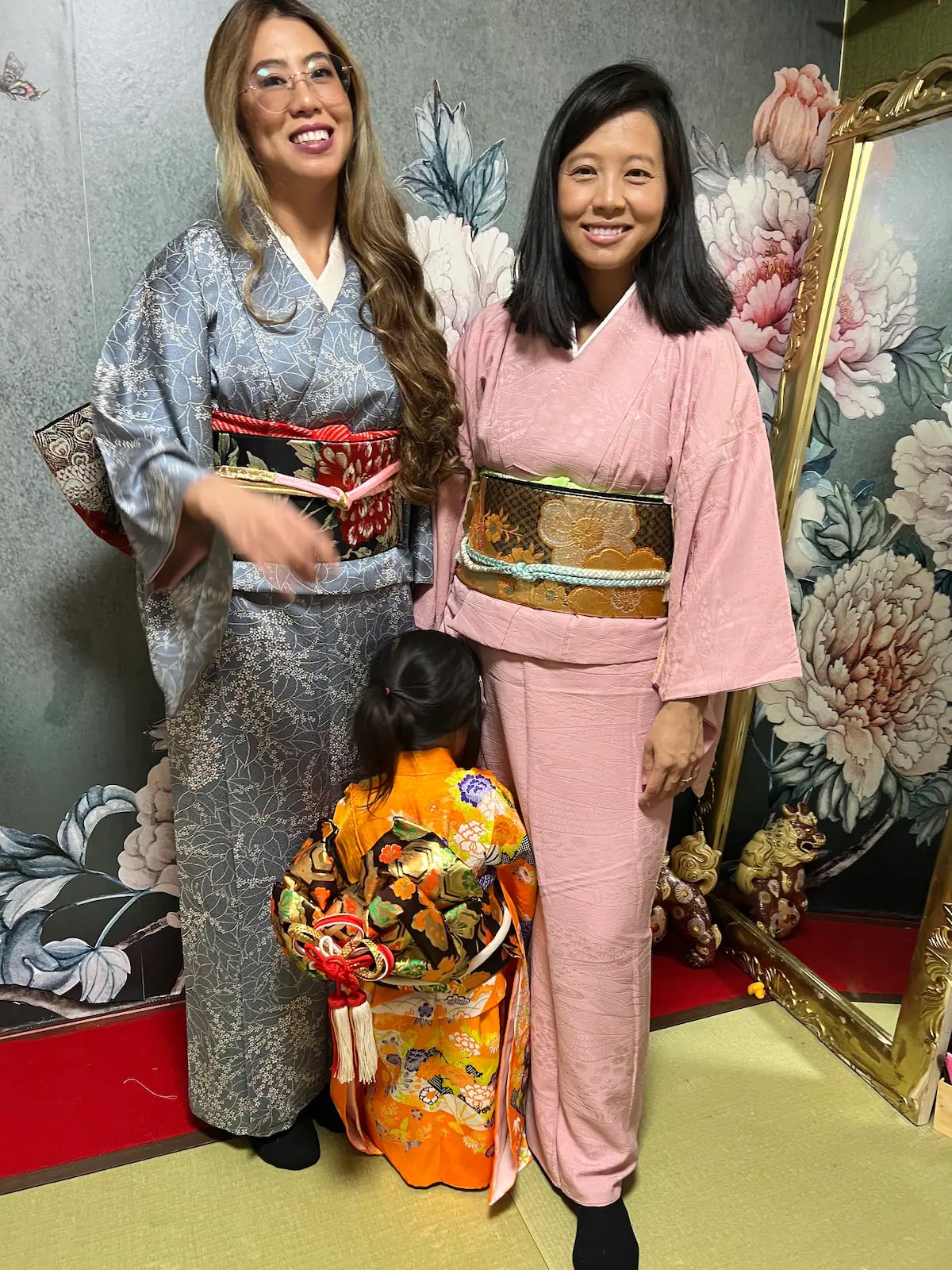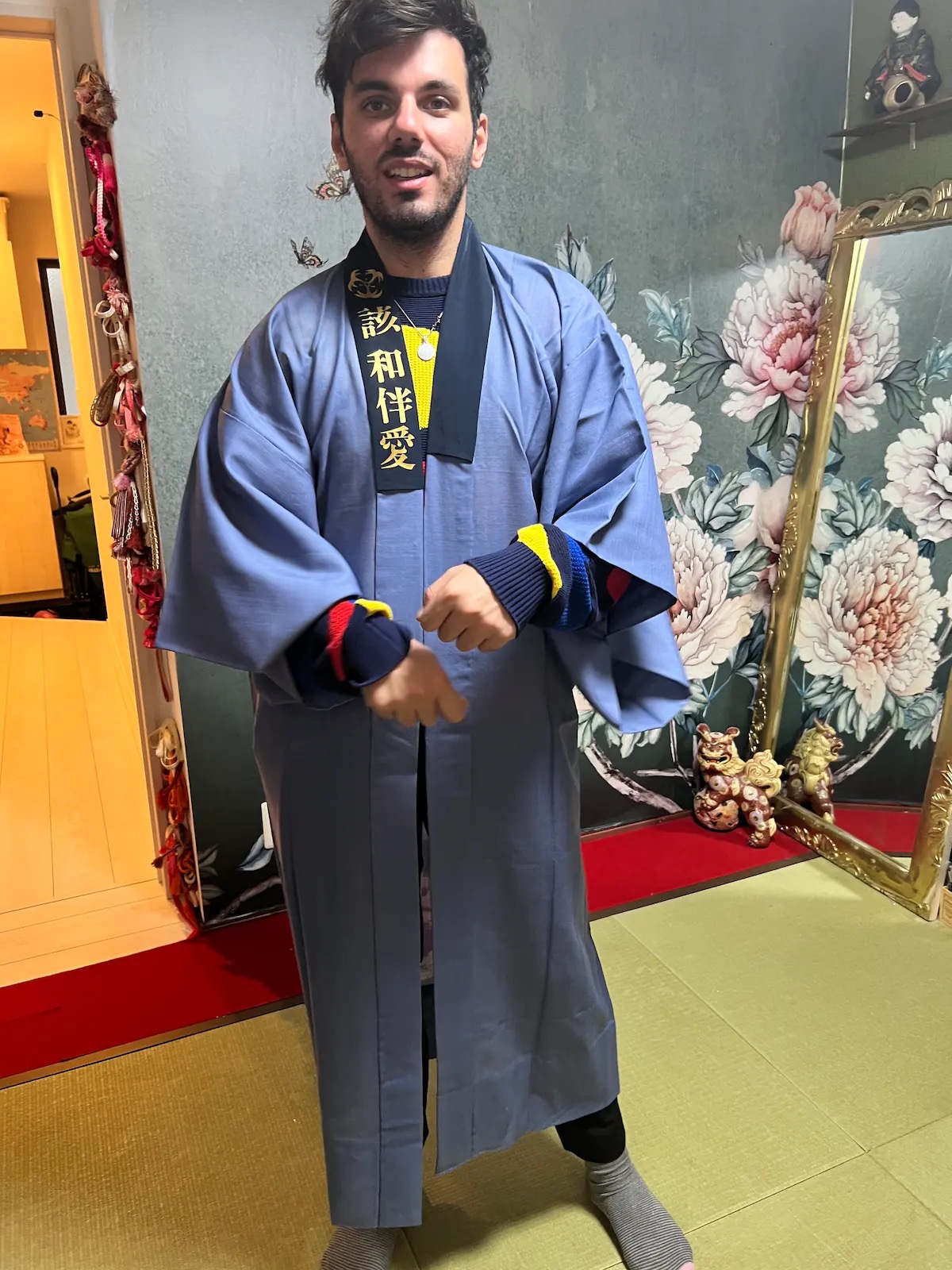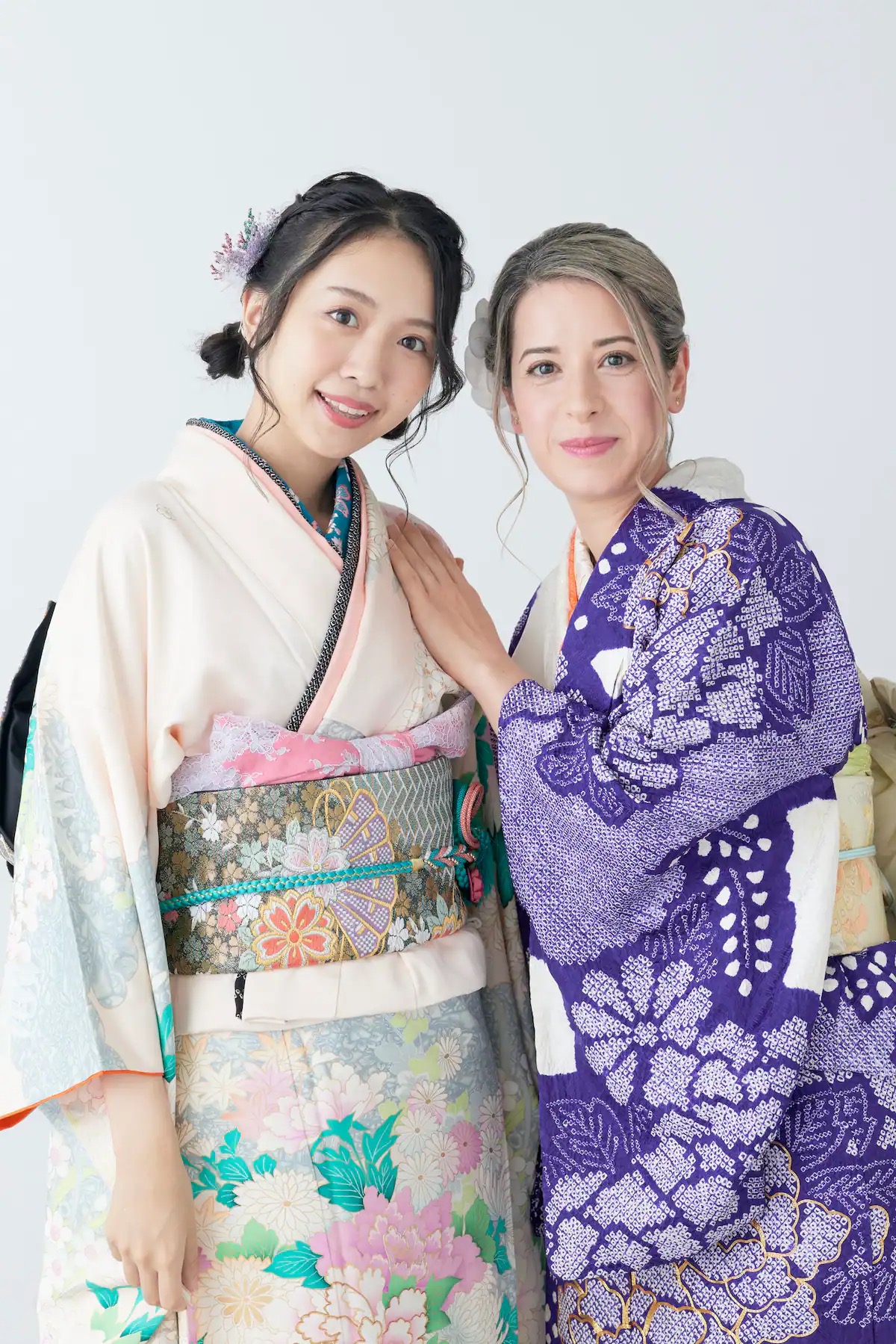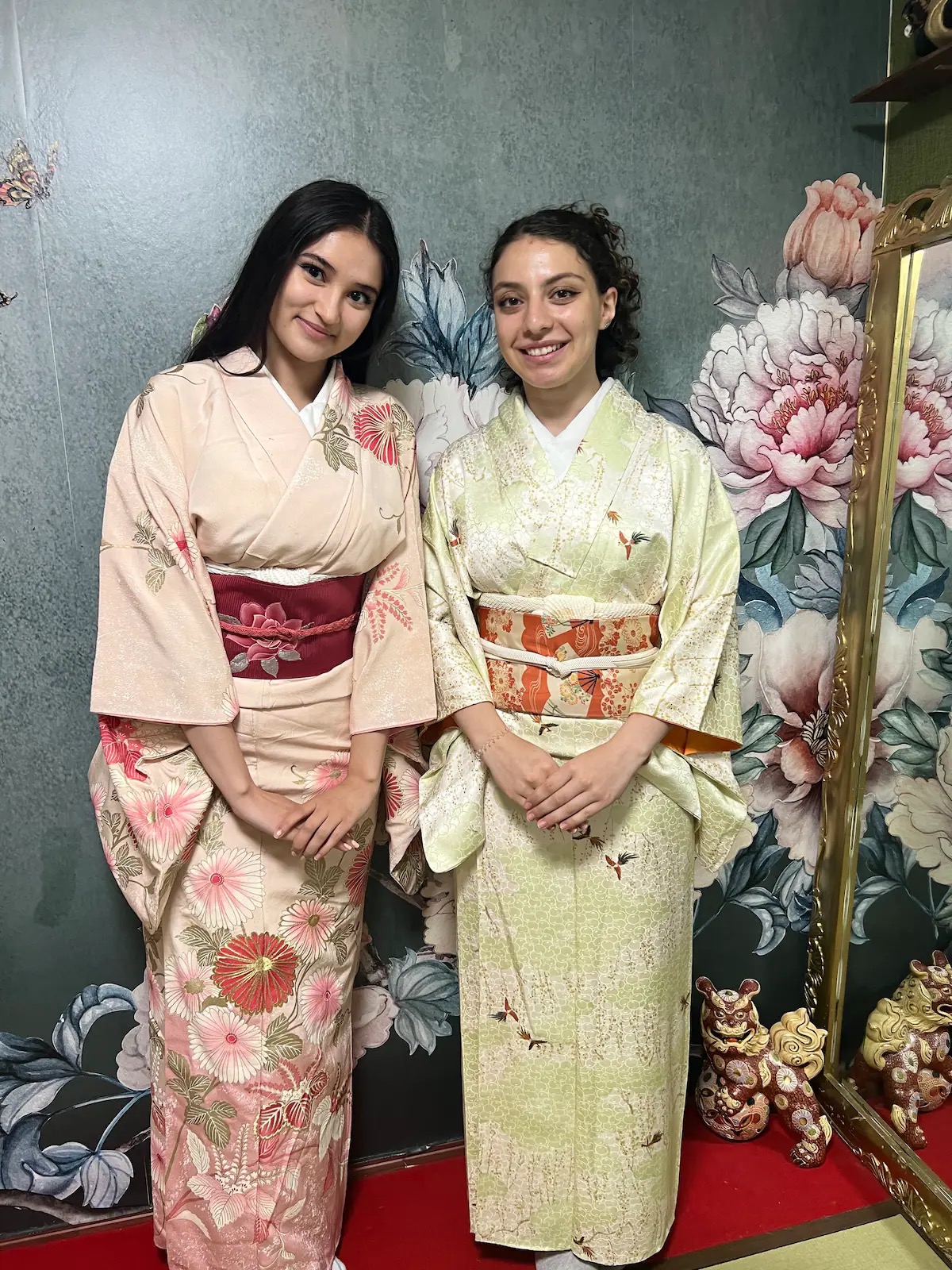
 How to reserve
How to reserve
Activity No.015
Let us make a kimono(Kimono is a gift)

From ¥6,500 / person

Kiba Station
View map


10:30 AM – 12:00 PM / 12:30 PM - 2:00 PM
The fees and schedule provided are for reference only. They may vary depending on availability. Please inquire using the form below for more information.
 Go to Application
form
Go to Application
form
Details
First of all, let's get to know each other with a simple self-introduction.
1. Choose your favorite antique kimono from over 340 types of kimono. (Kimonos are ranked in 4 levels. There are red stickers, blue stickers, green stickers, and yellow stickers. The price of this experience is the lowest rank red sticker kimono. On the day, You can also choose a different kimono (blue sticker +2000 yen ($15), green sticker +4000 yen ($30), yellow sticker +6000 yen ($45).)
2. Iron the hemming tape and sew the loops through which the belt passes. Learn how to remake into a new kimono in various ways.
3. Coordinating the kimono you made with the easy-to-wear obi, obiage, and obi tightening. Wear it and take a photo.
For the obi making experience, you can choose from over 200 to 300 types of obi.
Other notes ・Men don't have a part called "ohashiyori" in their kimono. Therefore, men's kimonos cannot be remade to add length. For men, we have an experience to print the family crest and kanji of the name on kimono, haori, juban and make it into a jacket. ・There is an additional charge for purchasing a obi. (3,000 yen ($22) 〜 (Rentals are free) If you purchase an obi, you will receive an obiage and obijime as a gift.
* Calculated at 132 yen per dollar
Included

Equipment
kimono. Crafts for making kimono. A belt for wearing a kimono. A tool for wearing a kimono. A bra that flattens your breasts (very important to wear a kimono neatly)
Reviews
This was my first time in Japan, and it was one of my favorite activities. Truly a unique experience!
My sister and I had a blast picking out our kimonos and getting dressed up. The photo shoot was a fun way to wrap up our Japan trip.
The process was easy, and the staff were super helpful and friendly. There were so many beautiful kimonos to choose from.
Everyone was so welcoming and helpful. We took lots of photos and had a great time. Highly recommend!
Host: Mio
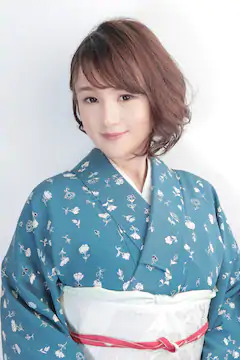
I took a Japanese embroidery class at Women's Art University. Japanese embroidery is used for kimonos and obis. However, due to job prospects being challenging, I chose the design course. My mother is a kimono teacher, and students used to come to our house when I was young. Seeing the transformation of women becoming incredibly beautiful in kimono compared to Western clothes amazed me. However, I disliked wearing kimonos. This was because it takes a lot of time to put on and is uncomfortable afterward. Hence, I decided to create kimonos and obis that are easy to wear.
Less than 5% of Japanese people can naturally wear kimonos. As a result, old kimonos are discarded as trash, except for those in excellent condition. This is not environmentally friendly. Additionally, the small size of kimonos presents a problem due to the height of many Japanese people. To address this, I improved the design to allow even taller individuals to comfortably wear antique kimonos. Furthermore, I purchase kimonos from acquaintances. They assist in collecting items for disabled people at handicapped facilities. The labor costs at such facilities are low, so by buying kimono-related items, I help increase their income and try to support them as much as possible. Lately, the Japanese are meticulous about wearing kimono collars neatly, aiming to make kimonos satisfying for even Japanese people. Confronting postpartum depression and the impact of COVID-19, I experienced severe emotional lows. Yet, when customers expressed that their experience was "enjoyable," it provided solace. I'll continue to strive for our customers' smiles in the future.


